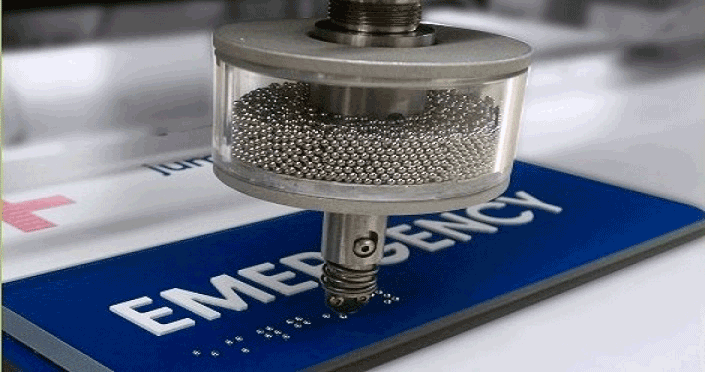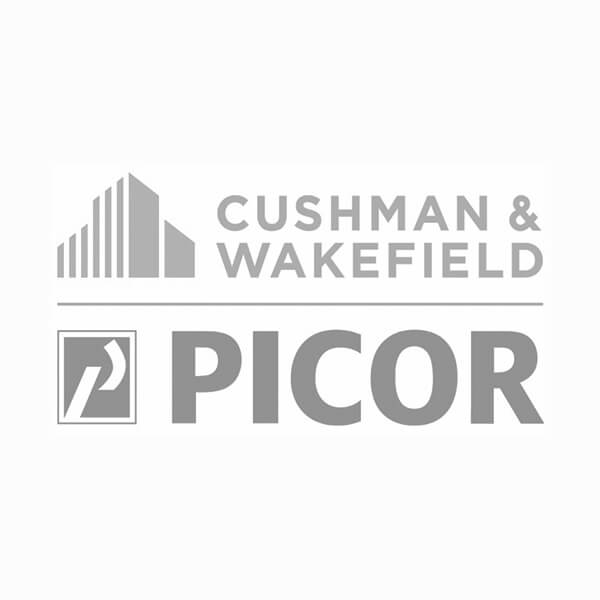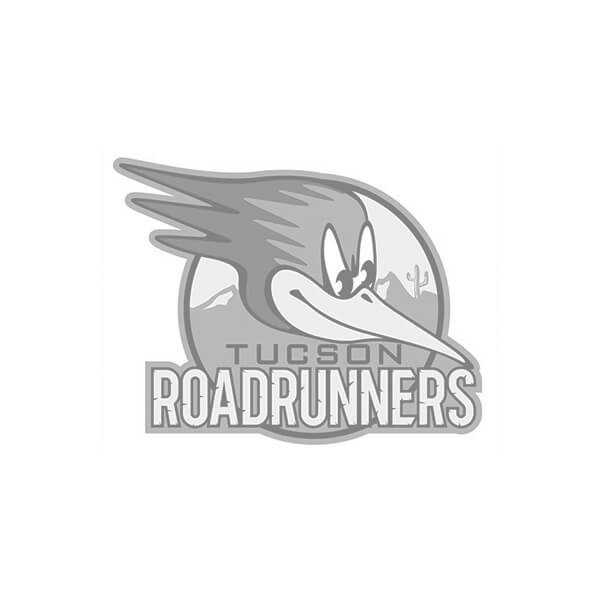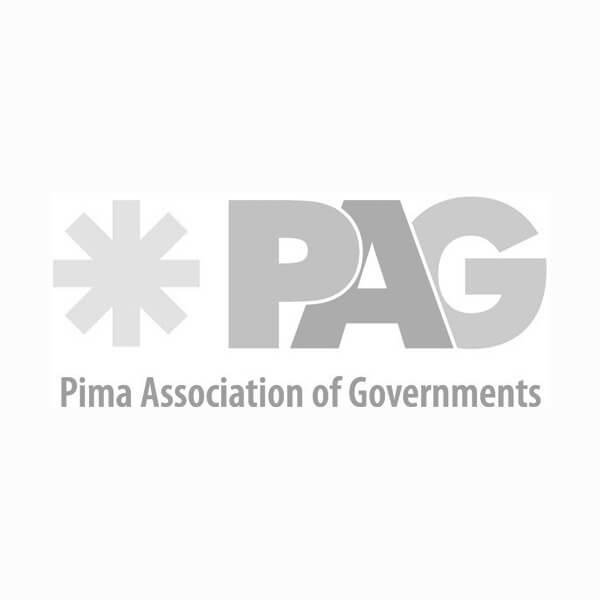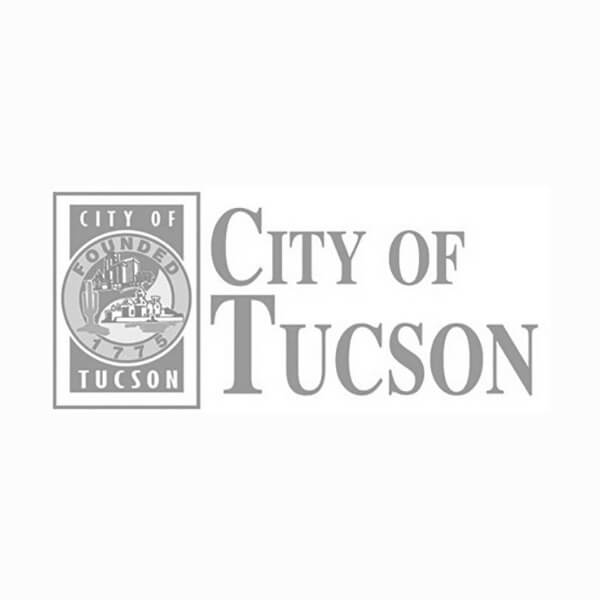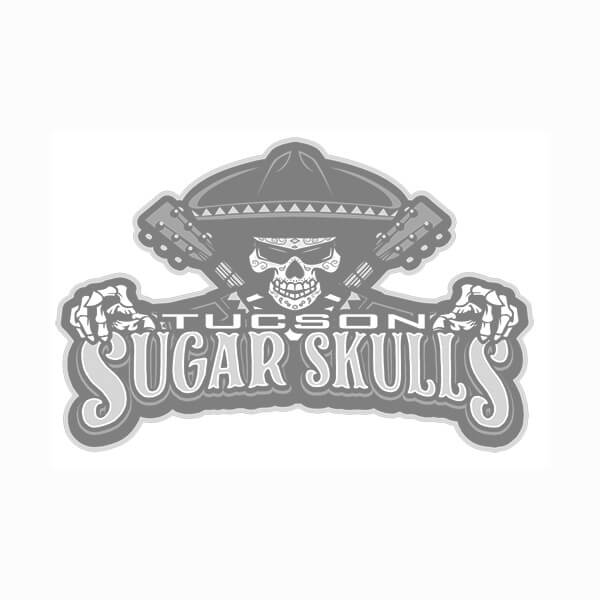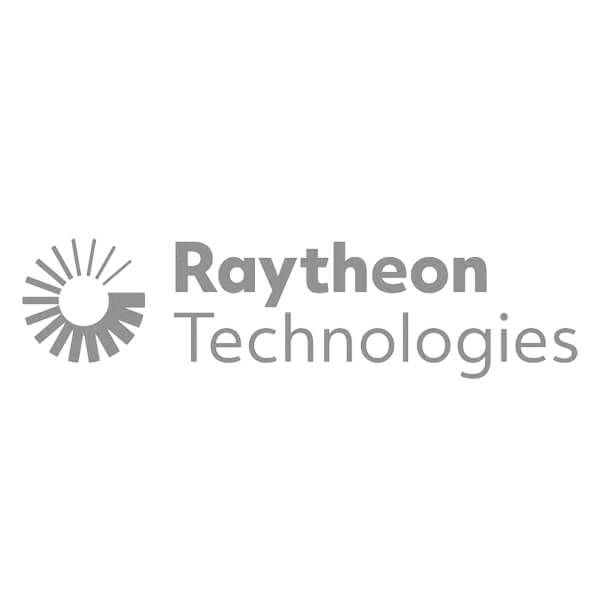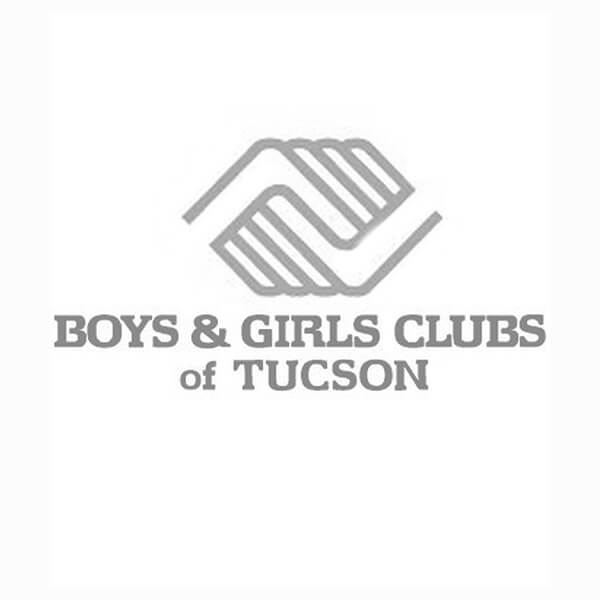GRAPHIC IMPACT
ADA Compliant Raster Bead Signs for Interior and Exterior Spaces | Durable, Custom Braille Signage.
www.graphic-impact.com
by Graphic Impact – Where Innovation Meets Impressions
At Graphic Impact, we specialize in the production of high-quality, ADA-compliant signage that meets all legal requirements while also enhancing the visual appeal of your interior and exterior spaces. Raster Bead ADA signs are a perfect blend of functionality, compliance, and design innovation. These signs are not only mandated by the Americans with Disabilities Act (ADA), but also reflect a commitment to accessibility and inclusiveness for everyone who interacts with your environment.
What Are Raster Bead ADA Signs?
Raster Bead ADA signs are a specific type of tactile signage that includes raised lettering and Grade 2 Braille created using tiny precision spheres, known as raster beads. These spheres are inserted into precisely drilled holes in the substrate material—often acrylic or other durable plastics—using an automated tool that ensures perfect placement and depth. This creates a tactile experience that is both compliant with ADA regulations and exceptionally resistant to wear and tear.
The technology behind raster bead insertion is both innovative and reliable. By automating the bead placement process, the resulting Braille becomes highly durable and uniform. This makes these signs ideal for high-traffic environments where longevity and readability are essential.
Where ADA Signage Is Required
The ADA requires signage in any public or commercial space to be accessible to individuals with disabilities. Specifically, ADA-compliant signs are needed in the following locations:
- Restrooms (Men’s, Women’s, Unisex, Family, etc.)
- Permanent rooms such as offices, classrooms, and storage areas
- Directional signs for hallways, exits, and entrances
- Elevators and stairways
- Accessible features like ramps and automatic doorways
Failure to comply with ADA signage regulations can result in fines, lawsuits, and damage to your reputation. That’s why it’s important to work with a manufacturer like Graphic Impact, who understands the intricacies of ADA rules and offers fully compliant solutions.
Materials and Fabrication
Most of our Raster Bead ADA signs are produced using high-grade acrylic for both durability and aesthetic versatility. When clear acrylic is used, we utilize a unique process of digitally printing your custom design on the back surface of the sign. This not only protects the printed graphics but also creates a rich, dimensional appearance from the front. We can also fabricate these signs using a variety of other materials to match your interior design or branding.
Signs are typically finished with non-glare surfaces and high-contrast text to meet visibility requirements. Color choices, typography, and symbol design can all be customized to reflect your brand while maintaining full ADA compliance.
Advantages of Raster Bead Technology
- Precision: Automated bead insertion guarantees accurate and consistent Braille placement.
- Durability: The snug fit of the spheres ensures they will not fall out, even in high-traffic areas.
- Clean Aesthetic: The finish is smooth and professional, ideal for corporate, healthcare, and educational environments.
- Low Maintenance: Signs remain legible and durable for years, reducing the need for replacement.
Applications: Interior and Exterior Use
One of the key benefits of our Raster Bead ADA signs is their versatility. These signs can be installed both indoors and outdoors, depending on your needs. For interior use, they offer a sleek and modern appearance that integrates seamlessly with most architectural styles. For exterior applications, we use weather-resistant materials and UV-stable inks to ensure that your signs will maintain their functionality and appearance over time, regardless of environmental exposure.
Exterior ADA signs are often used for building identification, parking lot signage, entrance and exit indicators, and campus-wide wayfinding systems. Interior signage may include directional signage, room numbers, evacuation maps, and restroom labels. Every application is carefully evaluated to meet ADA standards while supporting your visual communication goals.
Now Offering 3D Printed ADA Signs
In addition to Raster Bead signs, we also offer 3D printed ADA signs that provide a new level of customization and design freedom. Our advanced 3D printing process allows for the creation of tactile text and Braille directly from digital models, enabling unique shapes, textures, and color combinations. These signs are great for more complex branding and architectural requirements where traditional methods might fall short.
Like Raster Bead signs, our 3D printed options meet all ADA regulations and are made from highly durable materials suitable for both indoor and outdoor use. This method is ideal for businesses that want a modern, cutting-edge look while remaining fully compliant with accessibility standards.
Why Choose Graphic Impact?
With decades of experience and a strong commitment to accessibility, Graphic Impact is a trusted leader in ADA signage. We offer in-house design, fabrication, and installation services to ensure complete control over quality and compliance. Our state-of-the-art equipment and knowledgeable team mean faster turnaround times, greater customization options, and peace of mind knowing your signage is done right the first time.
Whether you're outfitting a single building or a multi-location facility, our team will work with you every step of the way to deliver effective, attractive, and legally compliant signage solutions.
Get Started Today
If you're ready to enhance accessibility and elevate the appearance of your facility, contact Graphic Impact today to discuss your Raster Bead ADA sign needs. We’re here to answer your questions, provide design consultations, and guide you through the compliance process. Your next signage project deserves both style and substance—and we’re here to deliver both.


